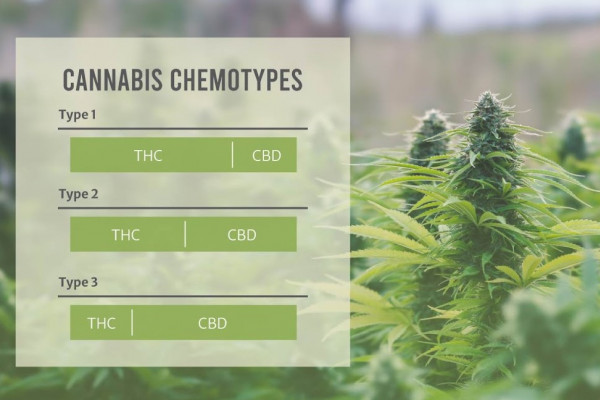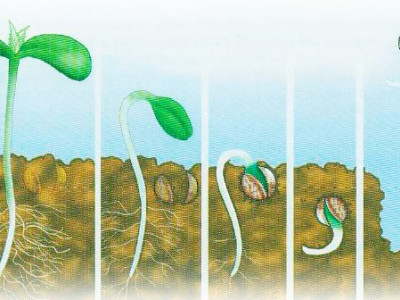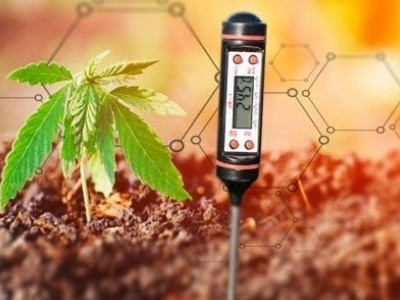0.00 грн.
CheckoutChemotypes and chemovars of marijuana

One strain can relax you, another can invigorate you, and a third can inspire creativity. It all depends on the chemical composition of the plant, which determines its uniqueness.
Cannabis chemotypes are essentially a way of classifying cannabis plants according to their chemical profile. Imagine that each plant is a unique cocktail of chemical compounds such as cannabinoids (THC, CBD, CBN, etc.) and terpenes (the same substances responsible for smell and taste). The chemotype determines which compounds predominate in the plant and in what proportions.
The main chemotypes of cannabis are divided into three categories:
- Chemotype I: High THC (psychoactive component) and low CBD content. These are the strains commonly associated with recreational use.
- Chemotype II: Balanced THC and CBD content. These plants are often used for medical purposes, as CBD can mitigate the effects of THC;
- Chemotype III: High CBD and low THC content. These strains are usually industrial hemp and have minimal psychoactive effects.
This classification by chemical composition helps you better understand what you will get from a particular strain. For example, if you are looking for something to relax, chemotype II or III may be your choice. And for those who want a stronger effect, chemotype I will be the right choice. But it's not that simple, because there are also chemovars!
Chemovars - what's the difference
If chemotypes are a general category, chemovars are a more detailed approach. A chemovar (or chemical variant) describes the specific chemical profile of a plant, taking into account not only cannabinoids, but also terpenes, flavonoids, and other compounds. Two strains may belong to the same chemotype (say, chemotype I with high THC), but their effects will be different due to their unique combination of terpenes.
Terpenes are aromatic molecules that affect not only the smell (e.g., citrus or pine), but also the effect: limonene adds vigor and lifts the mood, while myrcene promotes relaxation and calmness.
That's why one strain can make you feel energetic, while another can put you in a state of deep relaxation. Chemovars allow you to better understand how a particular strain will affect you. And these aren't just scientific terms — they're what makes each strain unique!
You may ask, “Why do I need to understand chemotypes and chemovars?” The answer is simple—it helps you make informed choices. If you grow hemp or select high-quality hemp seeds, knowing the chemotype will help you choose a strain with the characteristics you need. For example, chemotype III is ideal for those who grow hemp for textiles or cosmetics, as it contains almost no psychoactive substances.
By the way, it is worth noting that in many countries, the cultivation, sale, or use of marijuana is illegal. We are in no way encouraging you to break the laws of your country! Always check local laws if you plan to deal with hemp.
What affects the chemical profile
The chemical profile of a plant depends not only on genetics but also on growing conditions. Temperature, humidity, soil type, and amount of light all affect how cannabinoids and terpenes are formed. For example, intense heat can reduce THC content, while proper lighting can enhance the aroma of terpenes. So, if you grow cannabis, remember that how you care for the plant directly affects its chemotype!
So, in conclusion
Chemotypes and chemovars are not just complex terms, but the key to understanding cannabis. They help you understand why one strain is invigorating and another is calming, and how to choose exactly what you need. Knowledge of chemical composition classification opens up new opportunities for those interested in cannabis, whether for cultivation, research into its properties, or simply to broaden their horizons. So next time you choose cannabis seeds or study a new strain, pay attention to its chemotype and chemovar. It will make your experience much more interesting!


